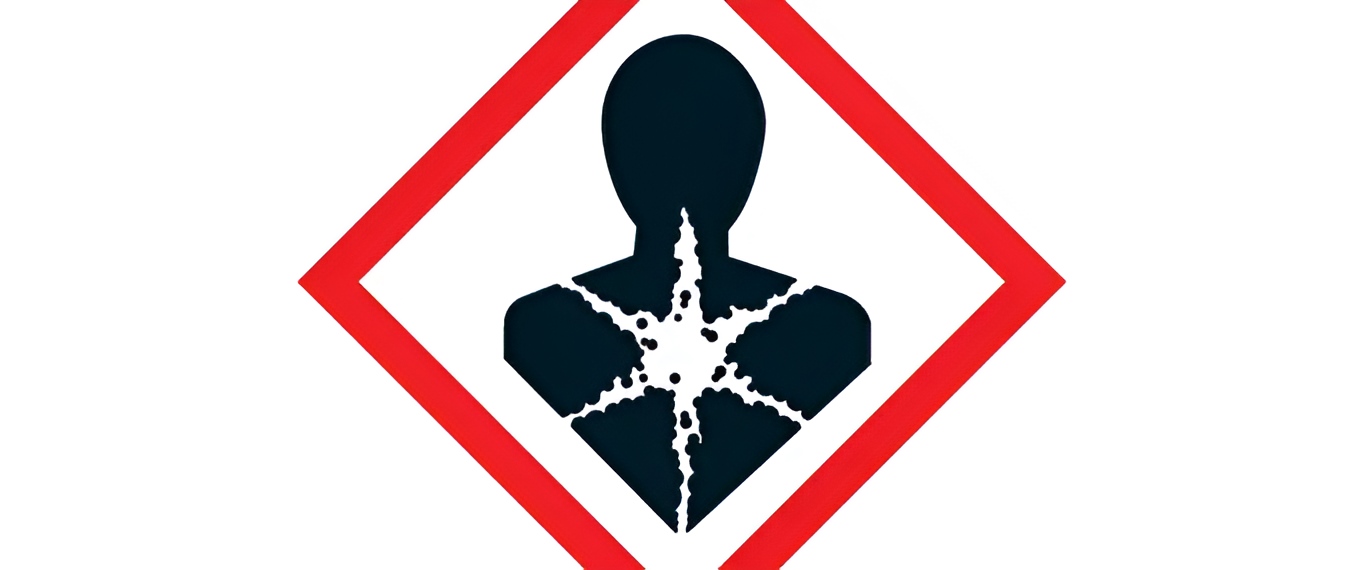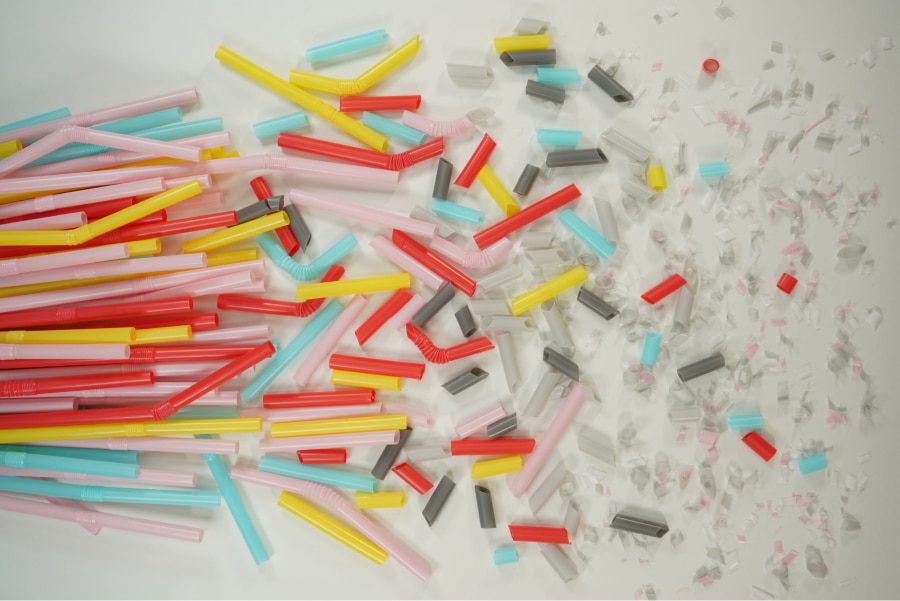Tattoos are no longer a passing fad. Once rooted in tribal traditions, they have become a global cultural phenomenon, with millions choosing to imprint permanent symbols, words, or images on their bodies.
However, the regulation of tattooing products – particularly inks – remains little known to the general public and is often misunderstood, even by professionals in the field.
A common question arises: Are tattoo inks cosmetics? The answer is no – but the reality is more complex.
This article explores the European regulatory framework for tattoo inks, explaining why they are not classified as cosmetics under Regulation (EC) No. 1223/2009, outlining the applicable regulations (most notably the REACH Regulation 1907/2006), and clarifying how temporary tattoos for children – sometimes regulated as toys – are categorised.
It also introduces the new General Product Safety Regulation (Regulation (EU) 2023/988 – GPSR), which aims to address certain gaps for borderline products.
Limits of the Cosmetic Definition Under Regulation (EC) No. 1223/2009
The Cosmetics Regulation (EC) No. 1223/2009 defines a cosmetic product as:
“any substance or mixture intended to be placed in contact with the superficial parts of the human body […] for the sole or main purpose of cleaning, perfuming, changing their appearance, protecting them, keeping them in good condition or correcting body odours” (Article 2).
Tattoo inks, however, are not applied to the surface of the body but injected into the dermis using needles, which excludes them from the definition of a cosmetic.
The Scientific Committee on Consumer Safety (SCCS) has repeatedly confirmed this position, stating that inks cannot be treated as cosmetics because they:
- Have an invasive route of administration,
- Can enter the bloodstream,
- Expose the body to potential long-term systemic risks.
As a result, the use of colourants permitted in cosmetics is not automatically authorised for use in tattoos.
The REACH Regulation: The Real Reference Legislation (Regulation (EC) No. 1907/2006)

In the absence of specific cosmetic regulations, the Registration, Evaluation, Authorisation and Restriction of Chemicals (REACH) Regulation establishes the regulatory framework for tattoo inks Regulation (EU) 2020/2081 amended Annex XVII of REACH to restrict more than 4,000 hazardous substances in tattoo and permanent make-up products, including:
- Azo dyes that release carcinogenic amines,
- Polycyclic aromatic hydrocarbons (PAHs),
- Heavy metals (such as lead, nickel, mercury),
- Formaldehyde and toxic solvents.
These restrictions are based on toxicity, carcinogenicity, mutagenicity and reproductive toxicity (CMR) criteria, according to CLP classifications (Reg. (EC) No. 1272/2008). The aim is to ensure that the substances introduced into the dermis are as safe as possible.
Manufacturers must provide:
- Safety Data Sheets (SDS) for each ink (Art. 31 REACH),
- Labelling compliant with warnings, composition and risk information.
Temporary Tattoos and Make-up: Are They Cosmetics?
There is a wide range of products that mimic the appearance of a tattoo without penetrating the dermis, such as:
- Temporary decals (“transfer tattoos”),
- Long-lasting eyeliner (“tattoo liner”),
- Superficial semi-permanent pigments for eyebrows and lips.
In these cases, if the product is applied to the surface of the skin and has aesthetic purposes, it fully falls within the definition of a cosmetic and must comply with Regulation 1223/2009:
- Cosmetic Products Notification Portal (CPNP) notification,
- Product Information File (PIF) available to authorities,
- Labelling in accordance with Article 19,
- Safety assessment by a qualified assessor (art. 10).
However, some “long-lasting” make-up products may contain pigments also used in tattoos. In such cases, there is a risk that the substances are unsuitable for cosmetic use or that unauthorised pigments are present in the product (see Annexes II and IV of Regulation 1223/2009).
Children’s Temporary Tattoos: Cosmetics, Toys, and Product Safety

An interesting borderline case is that of temporary tattoos for children, often sold as gadgets, stickers, or as free gifts with magazines, sweets, and similar products.
These items are not regarded as cosmetics but as toys under Directive 2009/48/EC when they:
- Have a recreational purpose,
- Are intended for children under 14 years of age, and
- Are presented as play accessories.
As toys, they must:
- Bear the CE marking,
- Comply with the technical standard EN 71-3:2019+A2:2024 (chemical migration), and
- Be free from heavy metals and sensitising substances.
By contrast, temporary tattoos sold in perfumeries or used in professional or artistic contexts (e.g. festivals, make-up artists) may fall under Regulation 1223/2009. A typical example would be decal tattoos used for body art.
Regulation (EU) 2023/988 on General Product Safety (GPSR)
In 2023, the General Product Safety Regulation (GPSR) was adopted, replacing Directive 2001/95/EC on 13 December 2024.
GPSR applies to all consumer products that are not subject to specific regulations, and can therefore also cover:
- Inks that do not comply with REACH,
- Temporary tattoos not classified as cosmetics or toys.
The main changes are:
- An Obligation to carry out a risk analysis based on the target group (children, allergy sufferers, etc.);
- Extended responsibility of the economic operator (manufacturer, distributor, marketplace);
- Introduction of the concept of “digital traceability” through QR code or a smart label;
- Strengthening of the Safety Gate (formerly RAPEX) alert network.
GPSR will prove particularly useful for covering grey areas where products do not clearly fall into a category (cosmetics, toy, medical device, etc.).
Controls and Supervision: What Happens in the Event of Non-compliance?
Non-compliant products can be reported by national authorities (for example, in Italy by the Ministry of Health) through the Safety Gate system. In Italy, the most common reports concern:
- The presence of prohibited or undeclared pigments,
- Absence of labelling in Italian,
- Packaging without manufacturer or importer details.
The Italian Ministerial Circular of 5 February 1998 (still partly used as a national reference in the absence of harmonised standards) established that all tattoo parlours must use traceable products with safety data sheets and indications of origin. In principle, this requirement should be extended to any tattoo centre within the European Union.
For borderline cosmetics, the absence of a Cosmetic Products Notification Portal (CPNP) notification or a Product Information File (PIF) may result in market withdrawal and administrative sanctions.
Conclusions and Regulatory Guidance on Tattoo Inks and Temporary Tattoos
Tattoo inks are not cosmetics in the legal or technical sense of the term. The European Union has chosen to regulate them as potentially hazardous chemicals under REACH, rather than as products intended for surface aesthetic purposes.
Temporary tattoos, on the other hand, may fall under cosmetics or toys depending on their use and target group.
With the growing spread of hybrid products, it is vital that economic operators – including manufacturers, distributors, and beauticians – understand the regulatory framework to avoid misclassification.
The new General Product Safety Regulation (GPSR) aims to bridge these areas, offering stronger consumer protection, particularly for vulnerable groups.
For professionals in the cosmetics sector, it is essential to recognise these boundaries and adopt best practices in notification, traceability, and safety.
Do you have doubts about how your product is classified under these regulations? Contact us – we will be happy to assist with the evaluation.



